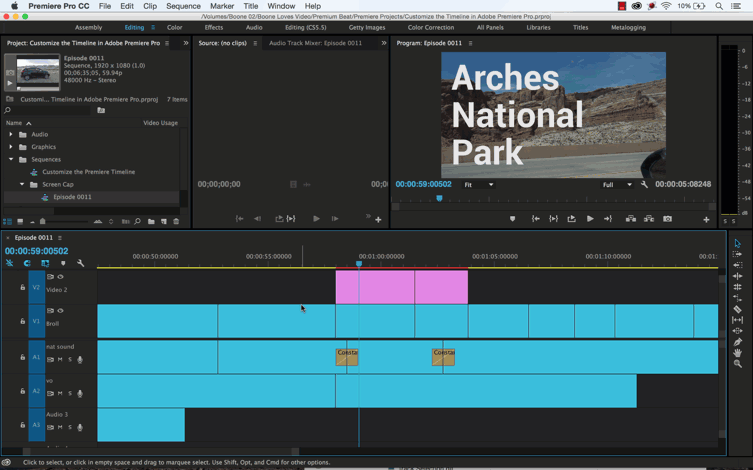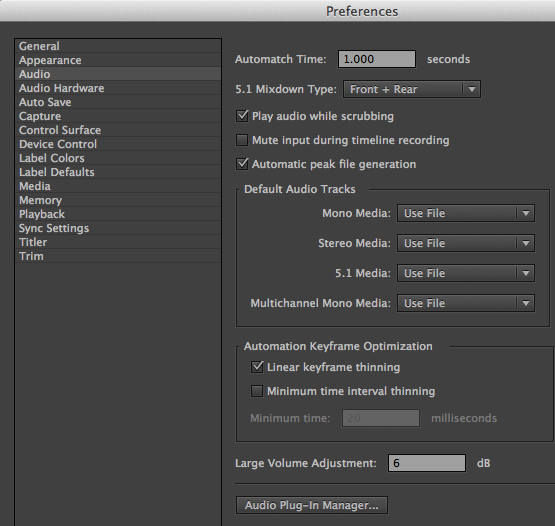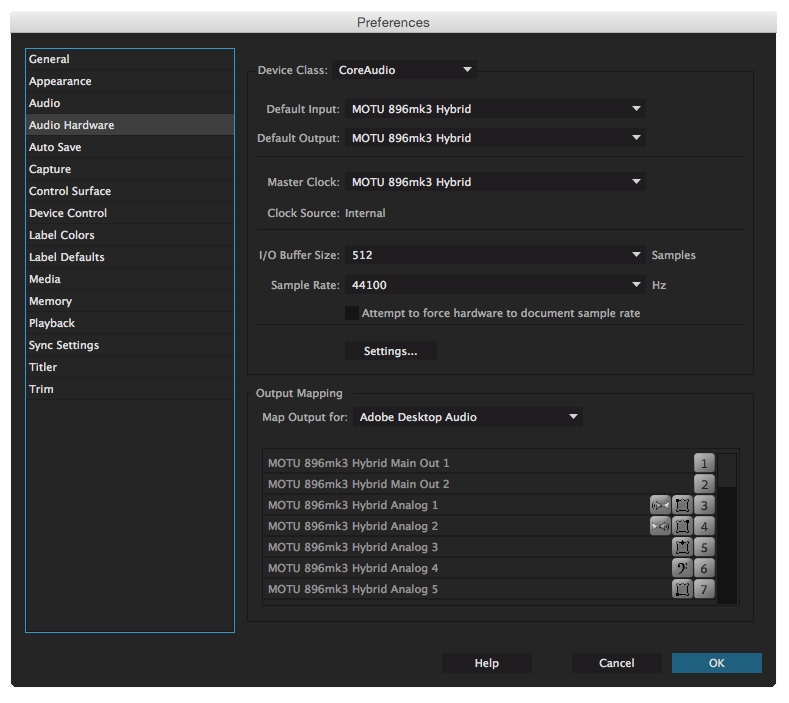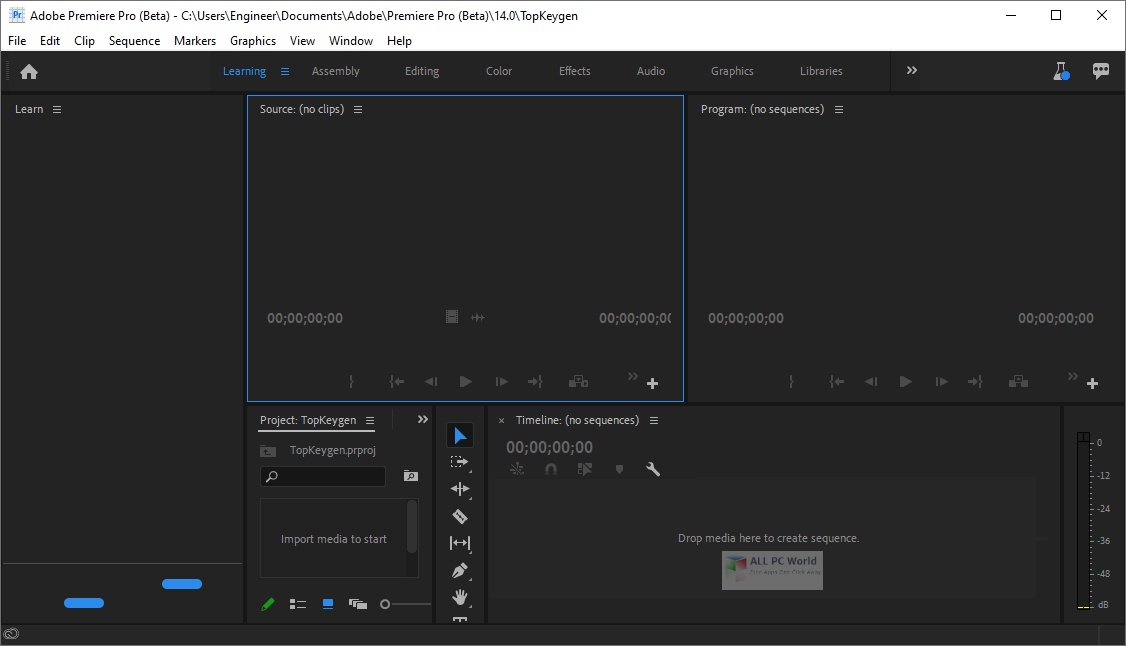

After you’ve set your noise print levels select Apply. But if you’re in a hurry, just set Noise Reduction to 50% and Reduce By to 15db. The best way to ensure that your audio will sound the best is to adjust each parameter by hand.

Now navigate to Effects>Noise Reduction>Noise Reduction. To do this, click anywhere in your timeline with the Time Selection Tool selected. First you will need to deselect your noise print area. Apply Noise PrintĪfter you’ve captured the Noise Print, it’s time to take the noise print out of your original audio clip. Your background noise is now saved into Audition. To do so, simply navigate to Effects>Noise Reduction>Capture Noise Print or hit Shift+P.

Now it’s time to capture the background noise. Play your track to make sure you’ve selected only background noise and no voice. You can do this by selecting a voiceless area in your track with the Time Selection Tool. The first thing you need to do before you apply the Noise Print effect is capture your background noise without the vocal parts.

To send an audio clip to Audition, simply right click on the track and select Edit Clip in Adobe Audition. Luckily for you, if you’re editing with Premiere Pro, you should have Audition already installed on your computer. No matter your individual circumstances, if you have unneeded background noise in your audio, the best tool to clean it up is the Noise Print feature in Adobe Audition. Let’s take a look at how to quickly fix your audio in Premiere Pro - with a little help from Adobe Audition. But if you’re in a pinch, you may not have the time to perfectly finesse your audio. Need to get good audio fast? Just follow these quick steps in Premiere Pro and Audition.Ī video is only as strong as the audio supporting it.


 0 kommentar(er)
0 kommentar(er)
